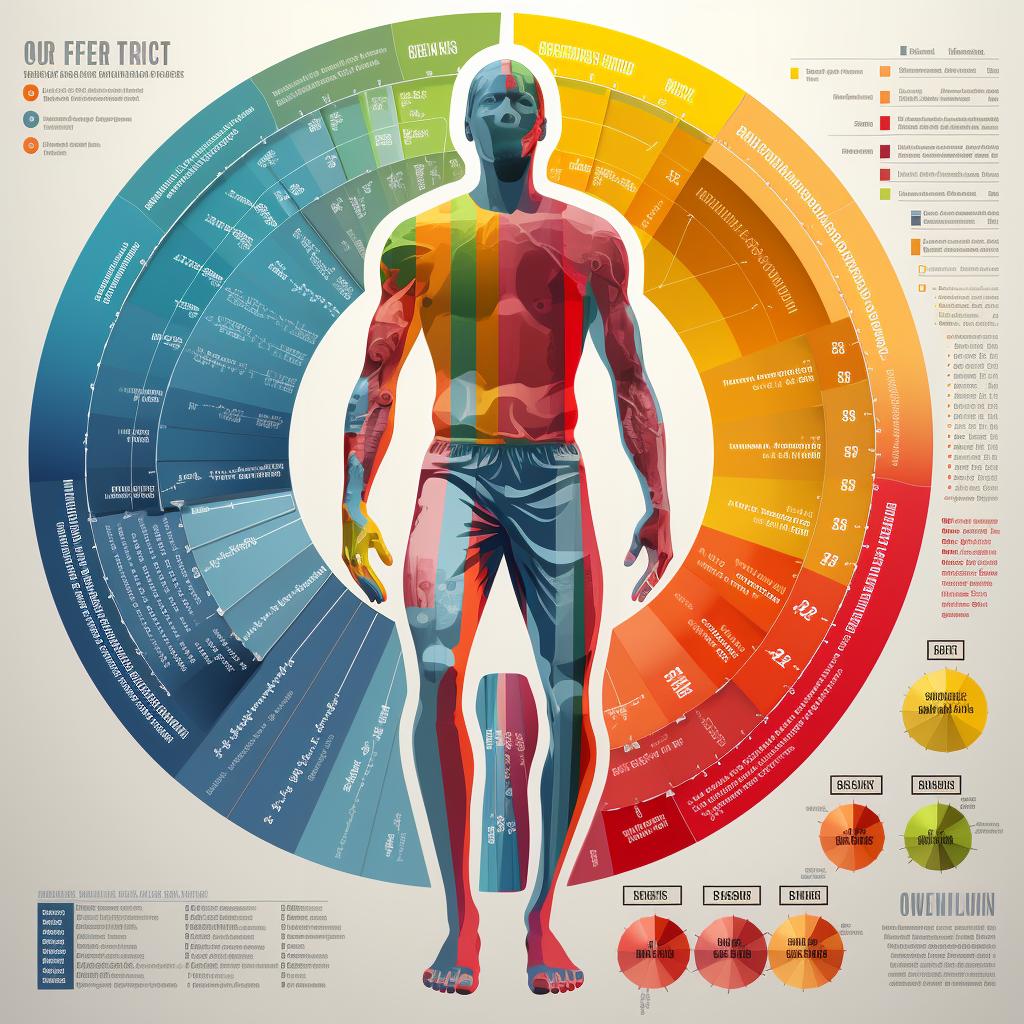What is Body Mass Index (BMI)
Body Mass Index (BMI) is a numerical value that provides an indication of an individual's body fatness in relation to their weight and height. It is commonly used as a simple and quick screening tool to categorize people into different weight status groups.
- Underweight: BMI less than 18.5
- Normal Weight: BMI between 18.5 and 2
- Overweight: BMI between 25.1 and 29.9
- Obesity: BMI of 30 or greater
While BMI is a convenient tool for a quick assessment of body weight, it does have limitations. It doesn't differentiate between muscle and fat, so a person with a high muscle mass might have a higher BMI without being overweight. Conversely, older adults and individuals with less muscle mass may have a lower BMI even if they have excess body fat.
While BMI is a convenient tool for a quick assessment of body weight, it does have limitations. Despite this, BMI is widely used in public health and clinical settings as an initial assessment tool. For a more comprehensive evaluation of an individual's health, additional factors such as waist circumference, body fat percentage, and overall health status should also be considered.
Calculate your Body Mass Index
Using the metric system, BMI is calculated by dividing your weight in kilograms by the square of your height in meters.
BMI=Weight(Kg) / height(m)
In the imperial system, you multiply your weight in pounds by 703 and divide the result by the square of your height in inches.
BMI=(Weight(lbs) / height(in)^2)*703
Once calculated, your BMI falls into categories such as underweight, normal weight, overweight, or obesity, providing a general assessment of your body weight in relation to your height.
Keep in mind that while BMI provides a quick assessment of body weight, it doesn't differentiate between muscle and fat.
Looks hard? Try our calculator
The Limitations of Body Mass Index (BMI)
Body Mass Index (BMI) has long been used as a quick and accessible tool to assess body weight in relation to height. While BMI is valuable for many purposes, it comes with inherent limitations that should be considered for a more comprehensive understanding of an individual's health.
- Can’t Distinguish between muscle and fat.
Individuals with high muscle mass may have a higher BMI, potentially categorizing them as overweight or even obese, despite having a healthy body composition.
- Doesn’t account for the distribution of body fat.
Two individuals with the same BMI may have different patterns of fat distribution, and this is crucial in assessing health risks.
- Remain constant regardless of age and gender.
This can be problematic, especially in children and adolescents whose body composition naturally changes as they grow. Pediatric growth charts are often more appropriate for assessing BMI in younger populations.
Conclusion
Body Mass Index (BMI) serves as a practical and widely used tool to quickly assess an individual's body weight in relation to their height. It categorizes people into different weight status groups, offering a straightforward indication of body fatness. However, it is essential to acknowledge the limitations inherent in using BMI as a sole measure of health.
To calculate your BMI you should go to Our BMI calculator.



